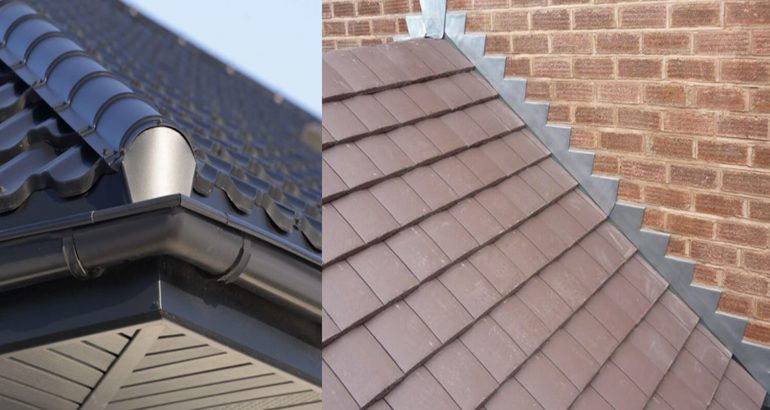
Although not entirely apparent to the naked eye, there are several layers of a typical roof which are intended to provide superior levels of protection to the underlying structure. One of the most common methods is to place a section of felt directly beneath roofing tiles.
Why is this strategy often employed and what benefits can it offer? Let us take a quick look at the reasoning in order to further understand just how far the entire roofing industry has evolved in recent times.
A BIT OF A MISNOMER
The term “felt” is widely used and yet, it does not accurately describe the material found below many roofing tiles and shingles. Felt is actually a layer of tar paper. This paper will be tacked to the underlying surface (such as plywood) immediately prior to the installation of shingles.
Many professional roofing services in Bristol will employ this technique in order to provide an additional waterproof layer. This method is also used in the event that a new section of tiles is intended to be placed directly over existing wood shingles.
IS FELT ALWAYS REQUIRED?
This is a bit of a loaded question and the answer will normally be determined by the roofing contractor in question. For example, felt might not be needed if an existing layer is already present.
In the event that the integrity of this layer is called into doubt, it could very well be prudent to include an additional level of protection in order to guarantee that moisture and water to not penetrate the cracks between the tiles.
Do you suspect that your roof is leaking? This might be caused by felt that is no longer functioning properly. It could also be a signal that more extensive work is required. As opposed to putting such a task off until a later date, it is much better to contact a technician at Able Roofing Bristol we will be happy to schedule a consultation.



